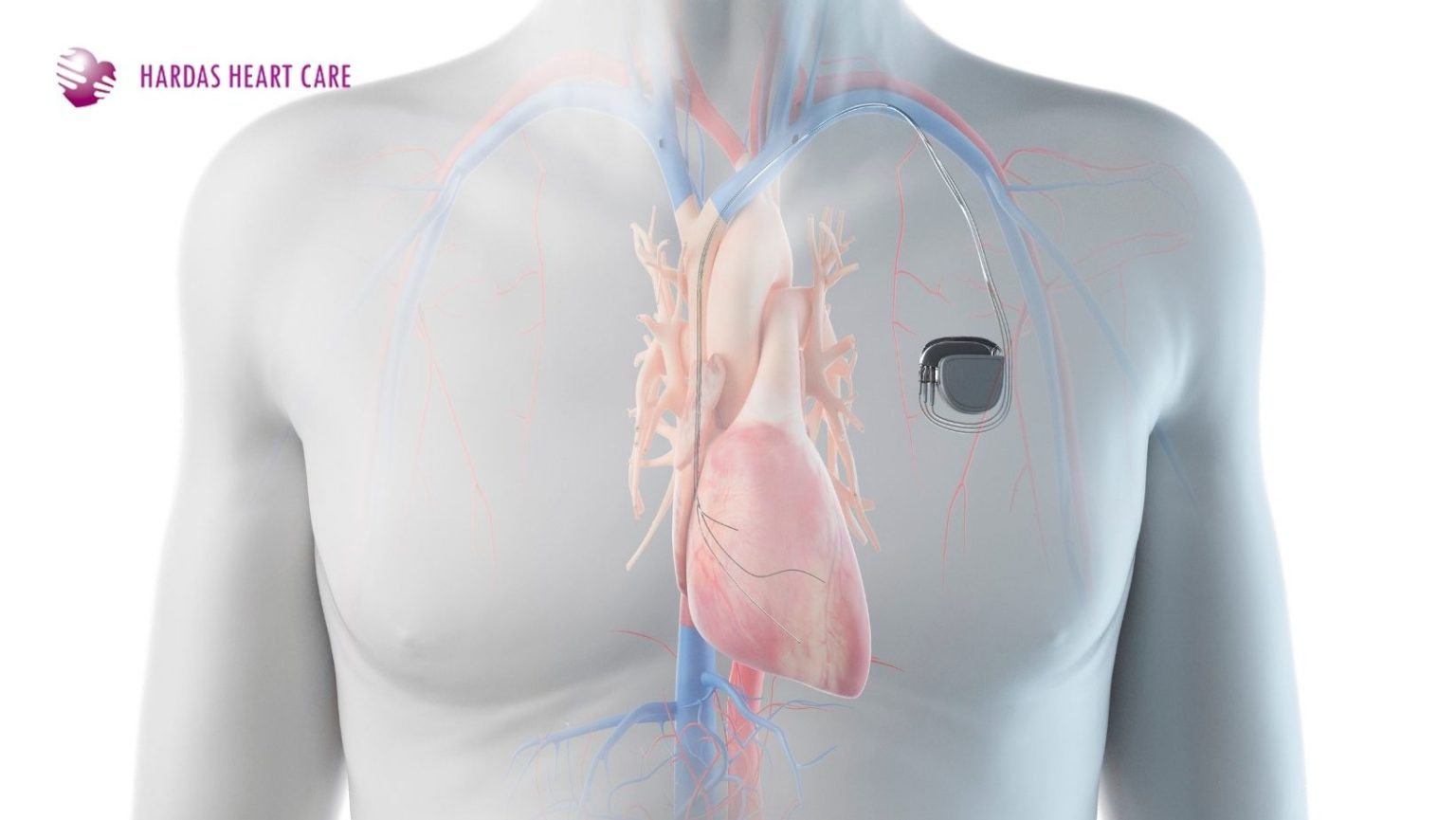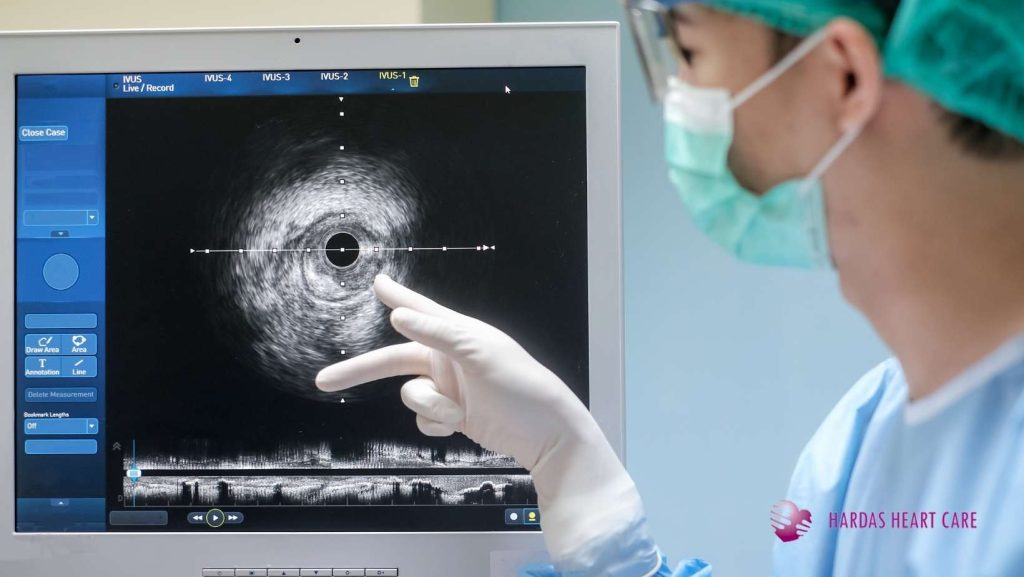Your heart is controlled by a built-in electrical system that triggers each beat. But when this system falters—whether through disease, ageing or injury—the result is often an irregular or too-slow heartbeat (bradycardia) or other rhythm disturbances. In such cases, a device known as a pacemaker steps in. As noted by the Hardas Heart Care, a pacemaker is a small battery-operated device that helps regulate the heartbeat when your heart’s own electrical system is no longer dependable.
The objective is clear: to restore a stable rhythm, improve blood circulation and reduce symptoms such as fainting, dizziness, fatigue or shortness of breath. A pacemaker is more than a gadget—it’s a lifeline for many people with rhythm disorders.
In the context of Pune, when we talk about pacemaker implantation in Pune, we refer to the process of diagnosing the rhythm problem, implanting the device in a qualified centre, and providing the follow-up care necessary for long-term benefit.
Why Implantation Matters: The Heart Benefits
1. Restoring rhythm and improving function
When your heart beats too slowly, you may feel tired, dizzy or weak. A pacemaker intervenes by sending electrical impulses to keep the heart beating at a safe rate.
By doing so, it helps improve the efficiency of your heart’s pumping ability—ensuring tissues receive adequate oxygen and nutrients, and that you feel more energetic during daily activities rather than being held back by your heart’s rhythm.
2. Enabling a more active lifestyle
With a stable heart rhythm, many patients can return to—or even exceed—the level of physical activity they had before. For instance, the Hardas Heart Care lists improved quality of life and better tolerance of exercise among the benefits of pacemakers.
This means you may be able to walk longer distances, climb stairs without feeling breathless, or simply enjoy your day-to-day tasks without the constant worry of heart-related fatigue or fainting.
3. Reducing risk of complications
When the heart rhythm is erratic or too slow, the entire cardiovascular system suffers. Over time this may contribute to heart-failure progression, stroke risk, or other complications. According to rhythm specialists, pacemaker implantation helps reduce such risks by maintaining synchrony and stable pacing.
4. Enhancing quality and longevity of life
By maintaining a reliable rhythm and reducing symptoms, pacemaker therapy extends beyond immediate symptom relief—it supports long-term heart health and better life-quality outcomes. As pointed out in one article: “enhances longevity … by maintaining a stable heart rhythm, pacemakers help improve overall cardiac health.”
Pacemaker Implantation in Pune: What You Should Know
Choosing the right centre and specialist
If you are considering pacemaker implantation in Pune, you should seek a clinic or hospital where experienced cardiologists / electrophysiologists handle rhythm disorders and device implants. The team should offer pre-operative evaluation, device selection (single-chamber, dual-chamber, biventricular), implant surgery, and post-operative monitoring.
Pre-operative assessments
Before your pacemaker is implanted, the following assessments are typically recommended:
- Electrocardiogram (ECG) to measure your heart’s rhythm and rate.
- Holter monitoring, which records your rhythm over 24-48 hours or more to catch intermittent irregularities.
- Echocardiography (ultrasound of the heart) to assess pumping function and valve status.
- Stress or treadmill tests in some cases, to see how the heart performs during exertion.
The implantation procedure
The procedure is typically minimally invasive. According to sources:
- Under local anaesthesia (and possibly light sedation) the doctor makes a small incision near the collarbone.
- Leads (wires) are then guided through a vein into the heart chambers under imaging guidance. These leads connect to the pulse-generator device placed just under the skin.
- In certain cases, so-called leadless pacemakers are used, eliminating the need for wires.
- The surgery typically takes a few hours at most.
Recovery and follow-up
After implantation, you will need to stay under observation—often one night in hospital—to ensure everything is working well and there are no immediate complications.
In the first month you may be advised to avoid heavy lifting, vigorous arm movements on the implantation side, and any activity that puts strain on the chest/shoulder area. Your doctor will programme the device to match your activity level and heart rhythm needs.
Long-term follow-up is essential:
- Periodic checks every 3–6 months are common. Many pacemakers now support remote monitoring.
- The device battery typically lasts 5–15 years; when it nears end-of-life the generator is replaced (without necessarily changing the leads).
Lifestyle integration after the procedure
When the device is functioning well, most patients resume normal activities. That said, certain precautions remain:
- Keep mobile phones at least ~15 cm away from the pacemaker site; avoid carrying them in a shirt pocket over the device.
- Inform all your healthcare providers (dentists, radiologists, surgeons) that you have a pacemaker—some procedures and devices could interfere.
- Routine MRIs and other therapies may need special planning, depending on device compatibility.
Who Should Consider a Pacemaker?
There are several key indications for pacemaker therapy:
- Persistent bradycardia (slow heart rate) causing symptoms like fainting, dizziness, fatigue. The National Heart, Lung, and Blood Institute highlights that if the heartbeat is too slow or pauses, a pacemaker may be indicated.
- Heart block or electrical conduction defects where the electrical impulse fails to reach the ventricles effectively.
- In selected cases of heart failure when the heart chambers are not beating in synchrony (for example biventricular pacing).
- When medications slow the heart too much, and you still need to take them for other conditions.
It’s important to note: not everyone with an arrhythmia needs a pacemaker. The decision depends on the type of rhythm problem, underlying heart condition, symptoms and overall medical status.
Common Myths and Realities
Myth 1: A pacemaker makes you weak or dependent.
Reality: On the contrary. A well-functioning pacemaker allows the heart to beat properly, enabling you to regain strength and engage in regular activities.
Myth 2: I won’t be able to lead a normal life.
Reality: Most patients with pacemakers resume normal lives, including exercise and work, with few restrictions—as long as routine follow-up and precautions are maintained.
Myth 3: The surgery is very risky.
Reality: Modern implantation is safe, minimally invasive and complications are relatively rare. The benefits in appropriate patients far outweigh the risks. (See risk list below.)
Risks and What to Watch For
Although pacemaker implantation is routine in modern cardiology, there are inherent risks—just as with any surgical procedure. According to the Hardas Heart Care, possible complications include:
- Allergic reactions or bleeding at the implant site
- Blood clot formation
- Lead displacement or malfunction
- Damage to blood vessels or nerves, lung collapse (very rare)
- Infection of the device or your heart
- Rarely, the device might mis-detect rhythm or cause unintended stimulation
Your implanting cardiologist will review these risks in detail and help you weigh them against the expected benefits.
Why Choose a Centre in Pune for Your Pacemaker Implantation
Pune is evolving as a hub for high-quality cardiac care. Opting for pacemaker implantation in Pune offers several advantages:
- Access to experienced cardiologists and electrophysiologists trained in rhythm device management
- Modern infrastructure and implant-capable cath labs / electrophysiology labs
- Aftercare and follow-up services in a city that supports advanced cardiac monitoring
- Local access—no need to travel far for post-implant check-ups or complications
- Competitive cost-effective options relative to many larger metro cities
When choosing a centre in Pune, consider:
- Does the hospital or clinic have a dedicated rhythm-device programme?
- Are there nurses and technologists trained in remote device monitoring and follow-up?
- How accessible is the facility if you need urgent consultation?
- What brand of pacemaker/thin-leads they use and what warranty/support exists?
- How are complications handled—what is the backup plan if lead displacement or device malfunction occurs?
5 Steps to Prepare for Pacemaker Implantation
- Consultation & evaluation – Bring copies of recent ECGs, Holter reports, echocardiogram and any rhythm-monitor reports to your cardiologist in Pune.
- Device selection discussion – You and your doctor will choose the type of pacemaker (single, dual, biventricular) based on your specific rhythm and heart condition.
- Pre-operative testing – Blood tests, chest X-ray, possibly venous ultrasound, and clearance from other specialties if needed (e.g., if you’re on anticoagulants).
- Plan for implantation day – Fast for a few hours, arrange transport home, and ensure someone accompanies you.
- Post-implant care plan – Understand the “no heavy lifting” restriction for a few weeks, the follow-up schedule, remote monitoring options, and what symptoms would warrant immediate contact (e.g., swelling, fever, unusual palpitations).
Life After Pacemaker: What to Expect
Early weeks
- The implant site might feel a little sore or stiff for a few days. Use pain-relief as advised by your doctor.
- Avoid heavy lifting or strenuous shoulder movement on the side of implantation.
- Keep the area clean and dry; watch for signs of infection (redness, swelling, heat).
- Attend the first follow-up visit for device programming check and wound inspection.
Months ahead
- You’ll likely notice better energy and fewer episodes of dizziness or fainting.
- Your cardiologist will monitor the device battery, lead integrity and your heart rhythm during check-ups.
- Depending on your lifestyle and activity level, you may gradually resume all or most of your normal activities—including walking, swimming (in many cases), golfing, gym (with arm limitation ahead).
Long-term
- The battery will eventually need replacement—usually after 5-15 years depending on device settings. That procedure is simpler.
- Continue with good heart-healthy lifestyle choices: exercise, diet, managing blood pressure/cholesterol/diabetes. The pacemaker helps rhythm, but the rest of cardiovascular care remains vital.
- Always inform any medical or dental provider that you have a pacemaker. Carry your device ID card.
Summary: Bringing It All Together
For individuals with rhythm disorders or heart-block issues, a pacemaker truly can be life-changing. When you opt for pacemaker implantation in Pune, you’re tapping into a regime of diagnosis, modern device therapy, skilled implantation and structured follow-up.
The benefits span improved heart rhythm, enhanced physical activity, reduced symptoms and better long-term heart health. With careful preparation, the right centre and consistent follow-up, you become more than just a “pacemaker patient”—you become someone reclaiming daily life from the constraints of an erratic heartbeat.
In the capable hands of a cardiologist experienced in device therapy and rhythm management, a pacemaker is not just a mechanical fix—it is the beginning of a healthier, more confident tomorrow.
If you or a loved one are considering pacemaker therapy, discussing with a specialist in Pune can be your next step. Early intervention often means better outcomes.



